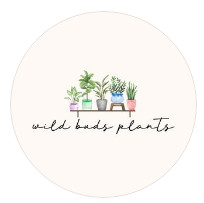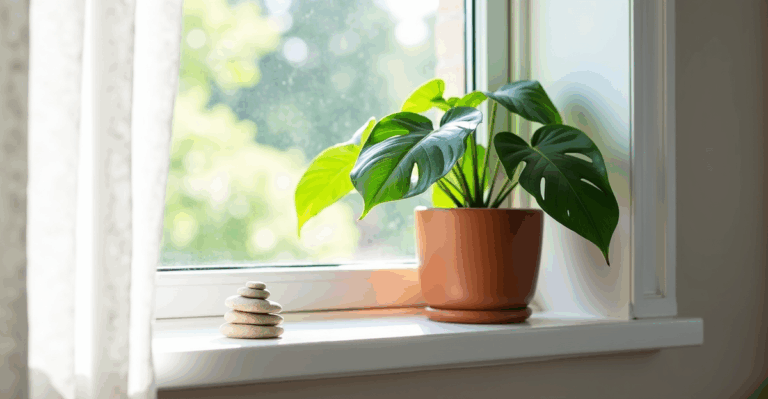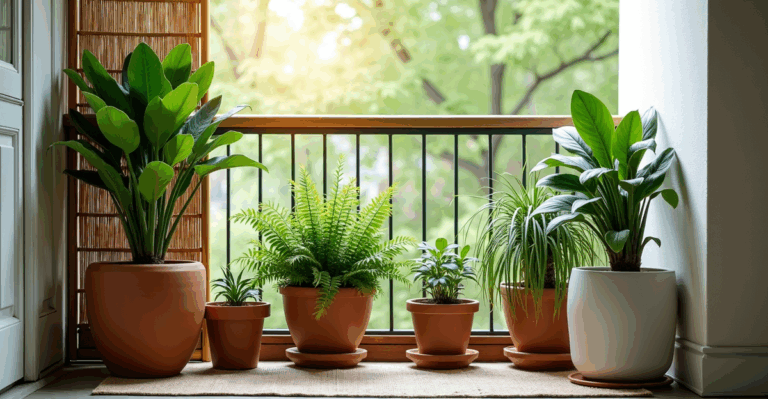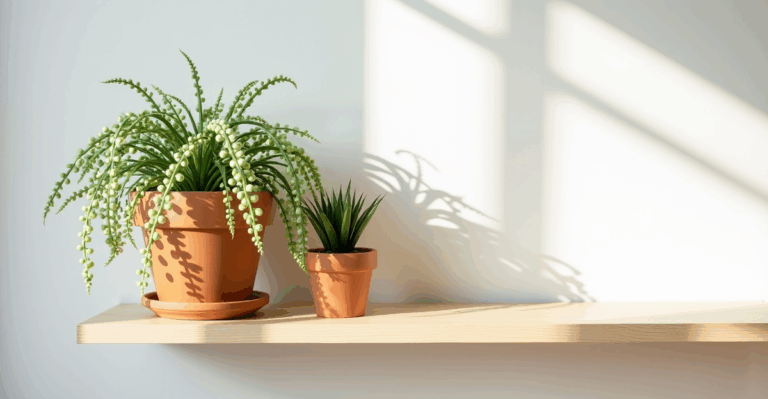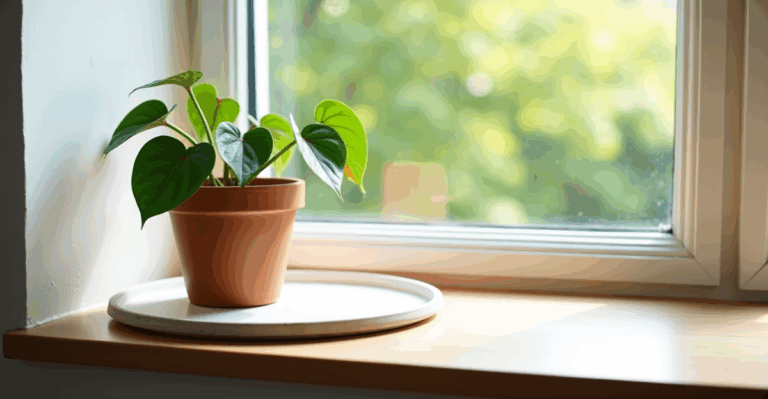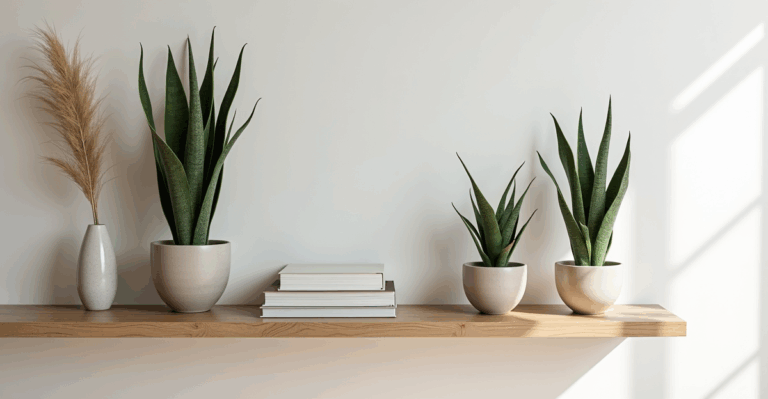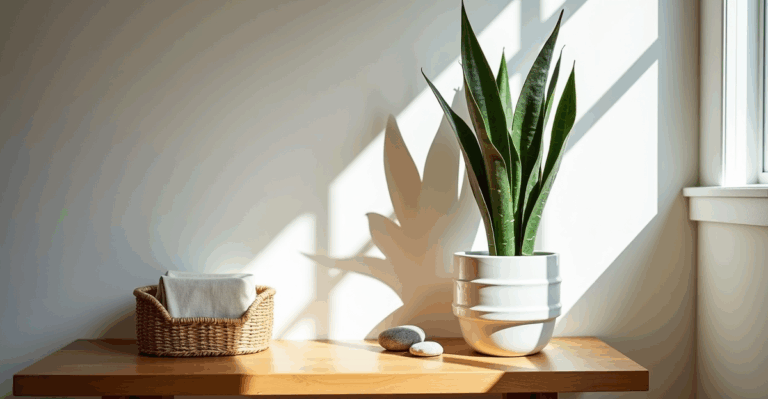Peperomia in a North-Facing Room: High Humidity Setup that Works
My north-facing bedroom window feels like a quiet sanctuary—sunless, cool, and perpetually calm. It’s where I read and unwind, but it’s also where my Peperomia ‘Raindrop’ was wilting, its leaves drooping like sad little parachutes. I’d been watering it like clockwork, thinking the cool, indirect light was enough. Turns out, the real culprit was the dry air from our winter furnace, not the lack of sun. Peperomias thrive on humidity, and my north room was the perfect spot for them—if I could crack the humidity code. It’s a common trap: assuming low light means low care, when really, the secret lies in the air around the leaves. Forget fancy grow lights for now; let’s talk about making your north-facing space a Peperomia paradise with humidity, not light.
Why North-Facing Rooms Are Actually Peperomia’s Sweet Spot (When You Get Humidity Right)
North-facing windows offer consistently cool, indirect light—ideal for Peperomias who hate direct sunburn and crave gentle energy. The problem? They’re also the driest rooms in many homes (especially with forced-air heating). Most plant people water their north-window Peperomias the same as a sun-drenched succulent, leading to root rot from overwatering and dryness from low humidity. The key isn’t adding light—it’s managing the air. Peperomias need humidity (60%+), but they hate soggy roots. The north room’s natural coolness actually helps slow evaporation, making humidity tricks far more effective than in warm, sunny spots.
The Humidity Hack That Actually Works (Without a Humidifier)
We’ve all tried the mist bottle. It’s a myth. Spraying only cools leaves slightly and evaporates fast. Instead, create a microclimate around the pot. Place your Peperomia on a wide, shallow tray filled with pebbles or gravel. Add water until it reaches just below the pebbles (never let the pot sit in water). As the water evaporates, it creates a humid bubble around the plant, not just on the leaves. This is the #1 move for north rooms. It’s cheap, silent, and works with your existing setup. If you’ve got a bathroom or kitchen sink nearby, place the tray there for extra steam—just avoid drafty spots.
Pro tip: Grouping plants (like a Peperomia with a Calathea) on the same tray amplifies the effect. The shared humidity benefits all, and it looks intentional on a shelf.
Watering Smart in the Cool, Dry North: The Top 2–3 Inches Rule
North rooms hold moisture longer than sunny spots. Your Peperomia’s potting mix will stay damp for days—sometimes weeks. Don’t water on a schedule. Instead:
1. Stick your finger deep into the soil.
2. Water only when the top 2–3 inches feel dry.
3. When you do water, give it a slow, deep soak until it drains out the bottom.
Why this works: Cool air = slow evaporation = less chance of root rot. Overwatering here is the silent killer, not the light. If your pot has poor drainage (like a thick ceramic pot), add extra perlite to the mix or use a pot with a drainage hole. Self-watering pots? Avoid them for Peperomias in north rooms—they hold too much water, and the cool air slows evaporation further, risking root rot.
Why Your Planter Choice Matters More Than You Think
Most people pick a pot for looks alone. For Peperomias in north rooms? Drainage is non-negotiable.
– Avoid: Terracotta (absorbs moisture too quickly, making dryness worse), glazed ceramic (traps water), or self-watering pots.
– Choose: Pots with visible drainage holes (like unglazed clay or stoneware), paired with a porous saucer (like a woven mat or stone tray) to catch drips without sitting in water.
– Bonus: If you’re using LECA (clay pebbles) or PON (clay balls), add a humidity tray—LECA alone doesn’t retain humidity like soil. It’s great for water control but needs extra help in dry north rooms.
Real talk: I tried LECA for my Peperomia ‘Cupid’ in a north office. It looked sleek, but the leaves dried out fast in winter. Switched to a clay pot with a humidity tray, and bam—healthy, glossy leaves. The pot’s material matters because it affects how the soil dries, which ties directly to humidity needs.
Styling in Low Light: Making the Most of Your North Space
North rooms often mean limited wall space or low shelves. Here’s how to style Peperomias without adding more light (and without looking like a sad plant graveyard):
– Stack them: Place a small Peperomia on a shelf above a taller plant (like a Snake Plant) to catch light bouncing off surfaces.
– Hang them: Use a wall-mounted macramé hanger with a lightweight pot (like our 3D-printed ones—more on that later). They’ll get ambient light from the window ledge.
– Group them: Cluster 3–4 Peperomias of different textures (‘Raindrop’, ‘Watermelon’, ‘Emerald’ on a wide ledge). The group creates its own humidity and looks lush without needing bright light.
Avoid: Placing them directly against a north wall (light is weakest there)—move them 1–2 feet toward the window for better indirect light.
Edge Cases: When This Isn’t Enough (And What to Watch)
It works for most Peperomias (like the popular ‘Raindrop’, ‘Watermelon’, and ‘Cupid’), but here’s where to adjust:
– Winter dryness: If your furnace runs constantly, add a small humidifier on the lowest setting near the window (not directly on the plant). Overdoing it causes mold.
– LECA/PON users: Monitor roots closely. If they feel slimy or smell off, flush the mix with distilled water to remove mineral buildup.
– Pests: Dry air attracts spider mites. If you see fine webbing, wipe leaves with a damp cloth and increase humidity—no pesticides needed.
– Don’t: Place near drafts (like AC vents) or heaters. The cool north room is perfect, but sudden temperature shifts stress Peperomias.
Why This Setup Actually Feels Effortless
You won’t be checking your Peperomia daily. The humidity tray does the heavy lifting, and the cool air means you water less than you’d expect. It’s not about constant work—it’s about working smarter with your space. I’ve seen Peperomias thrive for years in north bedrooms, offices, and even a bathroom with a window (as long as it’s indirect, not steamy). The key is matching your care to the room’s natural rhythm: cool, dry, and just right for humidity lovers.
Key Takeaways
– North-facing rooms need humidity focus, not light fixes.
– Always use a humidity tray and water only when top 2–3 inches are dry.
– Drainage is critical—avoid pots that hold water in cool, dry air.
When you’re ready to grow your setup, explore our 3D-printed planters.
